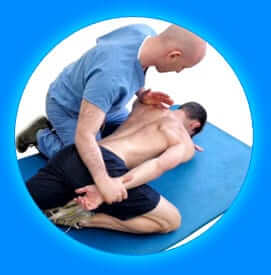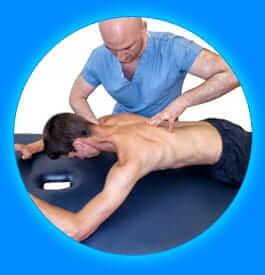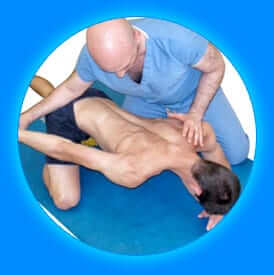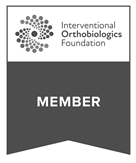Reflex Locomotion Therapy, also known as Vojta Therapy, is a specialized type of physical therapy. The technique was originally conceived by Czech neurologist Dr. Vaclav Vojta in the 1950s to enhance the motor development of children with cerebral palsy. Vojta therapy is founded on the premise that all humans possess innate developmental reflexes that are activated at different stages of childhood development. In particular, the abilities to grasp, roll over, creep, crawl, and walk are basic human movements pre-programmed within us.
Reflexes and Human Movement
A reflex is a response to a stimulus without having to think about it. A good example is touching a burning hot surface. You do not need to think about removing your hand from the heat to avoid burning, it simply happens reflexively. Other inborn reflexive behaviors in humans include breathing, swallowing and blinking.
As you mature, your innate movement patterns may become inefficient due to injury, degenerative disease, postural misalignments and overall wear and tear on your body. Inefficiencies in daily movement mechanics can create more problems over time, leading to spinal instability and back pain. During Vojta Therapy, your inborn reflexes are triggered to retrain common movement patterns and restore the neural connections between your muscles and your brain.
All movement patterns originate in your brain, with neural impulses traveling from your central nervous system, or CNS, to your peripheral nervous system, or PNS. Dr. Vojta hypothesized that networks of nerves between the brain and spinal cord can become functionally blocked, leading to inefficient movement mechanics. His theory is that by repeatedly stimulating reflexes that invoke movement, you can “remind” your brain of your natural inborn movement response and create new neural networking to restore efficient functional movement.
The Vojta Method of Treatment
Vojta treatment is performed with the patient lying supine, prone or on one side, common resting positions for a new baby. It is important to remember that stimulated movement during Vojta is reflexive in nature. There is no manipulation whatsoever. Reflexes are stimulated by applying purposeful painless pressure in specifically targeted stimulation zones while the patient remains in the defined position.
Vojta stimulation results in two locomotor responses in all humans, regardless of age: Reflex creeping and reflex turning. The movements are spontaneous, without conscious effort on the part of the patient or manipulation by the clinician. Turning over and creeping are developmental milestones in an infant that initiate the progression toward standing and walking. Failure to achieve the initial milestones of rolling over and creeping can indicate serious developmental problems in a child. Advocates of the Vojta method recommend early intervention in children, before inefficient movement patterns become habitual.
In adults, there are many indicators for Vojta treatment, including spinal and brain injuries, stroke, peripheral neuropathy, low back pain, herniated discs, incontinence and dysfunction of the pelvic floor. While results vary according to the degree and type of damage, Vojta therapy can relieve pain, and can improve and restore efficient functional movement.
Efficacy of Vojta Therapy
Core muscle tension plays a key role in trunk stabilization. As a muscle group, optimal balance in the amount of tension contributed by the various muscles results in optimal stabilization and spinal position. In patients with low back pain, there is typically a gross imbalance in muscle tension that exacerbates the pain and contributes to further trunk instability.
A recent controlled study sought to measure the effect of the Vojta technique on the core musculature of healthy young adults with no indication of spinal instability. Reflexes in the experimental group were treated with targeted reflex stimulation in a side-lying position to trigger spontaneous movement. The control group also received stimulus, but not in the reflex zone. Treatments were performed for five minutes on each side, three times per week for a total of 10 rounds of stimulation. Changes in muscle thickness were measured using ultrasonography. The experimental group showed significant changes in core muscle thickness, indicating a correction in muscle tension and recruitment order. No similar changes were detected in the control group.


/layer-4.png)
/layer-2.png)






/layer-1-copy.png)








































/01.png)



























